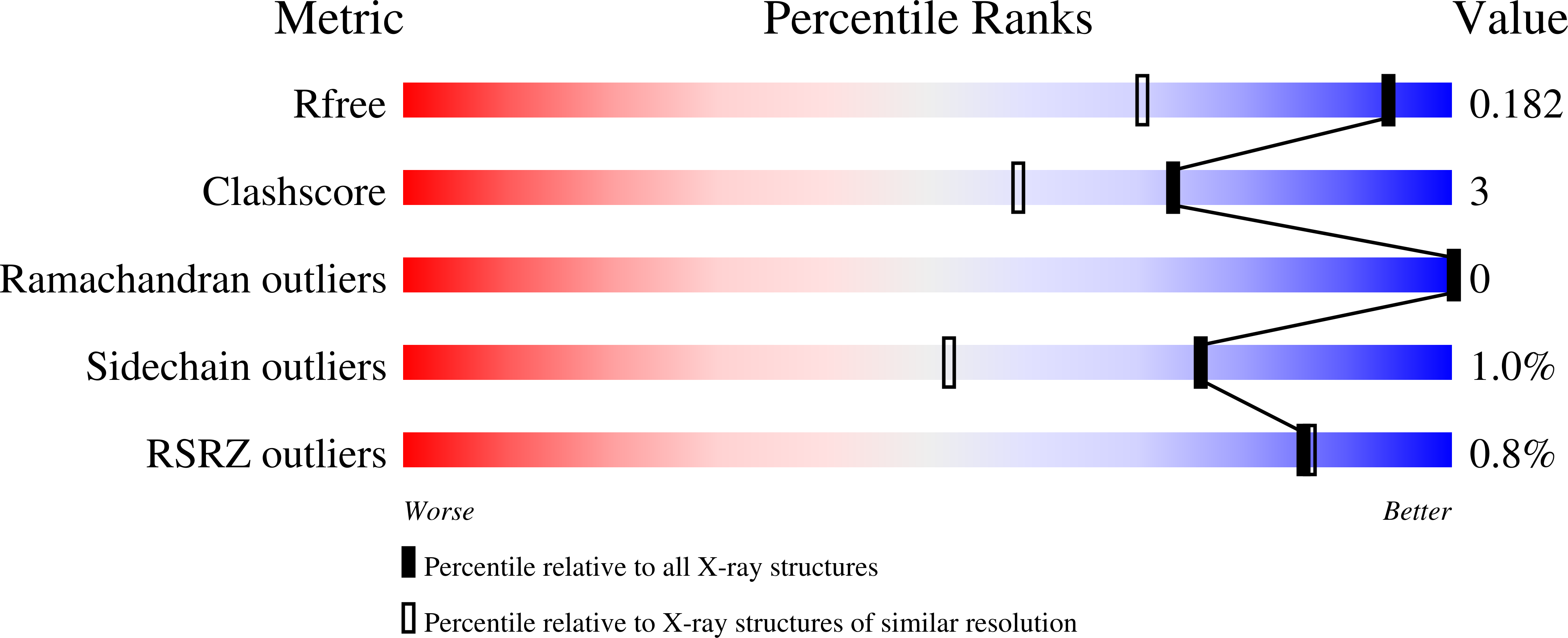
Deposition Date
2021-08-27
Release Date
2023-03-01
Last Version Date
2024-11-13
Entry Detail
PDB ID:
7RZ0
Keywords:
Title:
Hen egg-white lysozyme with ionic liquid ethanolammonium formate 6.7 mol%
Biological Source:
Source Organism:
Gallus gallus (Taxon ID: 9031)
Method Details:
Experimental Method:
Resolution:
1.38 Å
R-Value Free:
0.17
R-Value Work:
0.14
Space Group:
P 43 21 2


